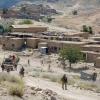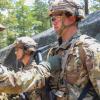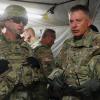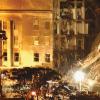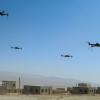Good leaders and competent, values-based leadership have always been the centerpiece of the Army’s formations, and essential components to effectiveness across organizational levels, from squad to corps. Good leadership, not just good management—and there is a significant difference—has always mattered. Good leadership is hard, inconvenient and uncomfortable. Good leadership is a 24/7 requirement that extracts the full measure of selfless service from those who have chosen to lead.
And, yes, leadership is a choice. Equally important is that the type of leadership required and the manner in...






